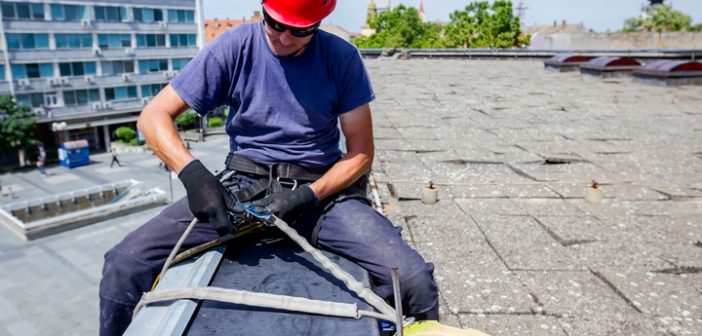If you’re working on a roof or anywhere else high above ground level, the risk that you could suffer a fall is real and needs to be taken seriously. One of the ways you can guard against the worst from happening, even if you do have a fall, is to install effective fall arrest anchors.
1. Where to install the anchor
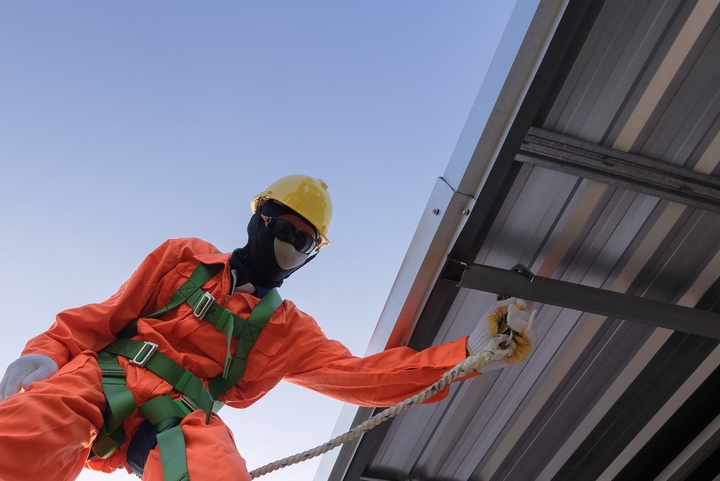
A fall arrest anchor is usually attached to the roof of the structure you’re working on. It includes lines that are fixed to the anchor structure and to the worker so that the worker can be caught if they fall. For best results, you should try to install the fall arrest anchor directly above the position where the worker is doing their job.
If the anchor is set up too far to one side, the result can be that the worker will swing around if they fall. This can increase the likelihood of them suffering an injury, since they may swing into a wall or a piece of machinery. Another important factor to consider is the length of the connection to the anchor. It needs to be short enough to break the worker’s fall before they strike a harmful object or surface.
2. Calling on expertise
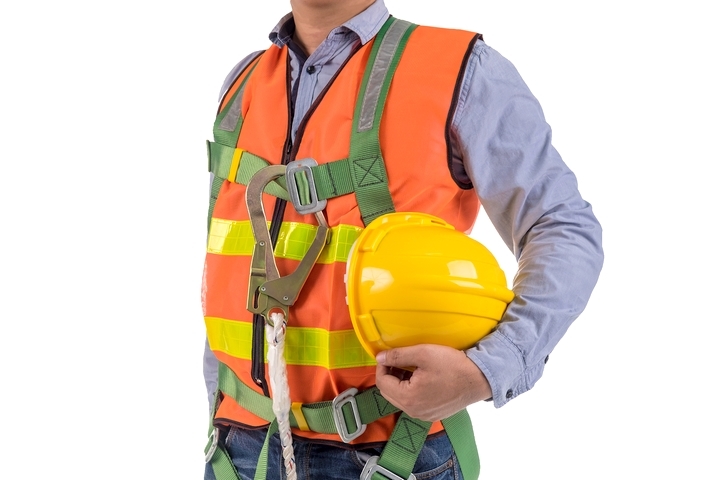
Deciding precisely where the fall arrest anchor should go is a difficult task that should be left to trained experts. As part of your company’s project planning, a qualified engineer should be tasked with making the necessary safety arrangements, including the installation of fall arrest anchors.
The importance of involving qualified personnel in this process cannot be stressed enough. If the anchor system is installed incorrectly or it is positioned wrongly, it may fail to function properly in an emergency situation when it’s called upon to do its job.
3. Permanent and temporary anchors
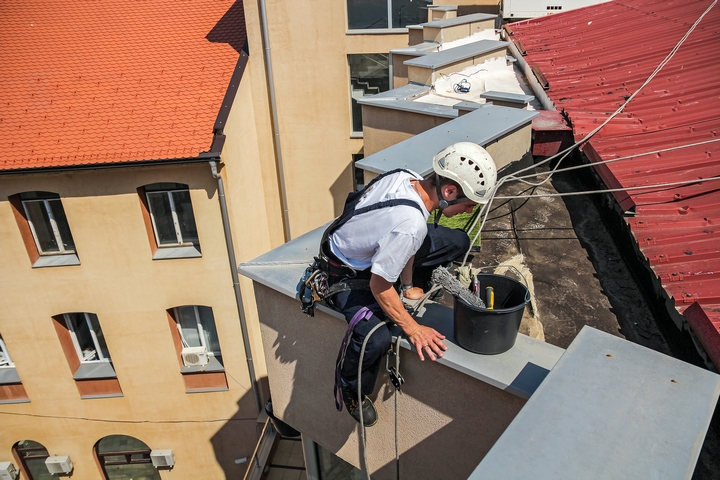
Fall arrest anchors come in permanent and temporary forms. Each of these has its own benefits depending on the type of project you’re engaged in. Permanent anchors are great if you have a regular work site high above ground level. This could be a location in an industrial facility where workers are frequently required to perform tasks in approximately the same position. The anchor can be bolted onto the roof or another part of a structure to secure it in place.
Temporary anchors are used for smaller projects that typically don’t recur. For instance, your company might be responsible for carrying out a repair to the roof of a building. Since your workers will only be on site for a day or two, a temporary fall arrest anchor can be used to guarantee them fall protection while they work.
4. Adaptable anchors

To perform many jobs, workers have to move around or work on different parts of a structure. In order to accommodate this need, many fall arrest anchors are fitted with rotating fixtures. This means that the anchorage connectors can work in a full 360 degree rotation, allowing workers to move around more freely.
5, Safety warnings
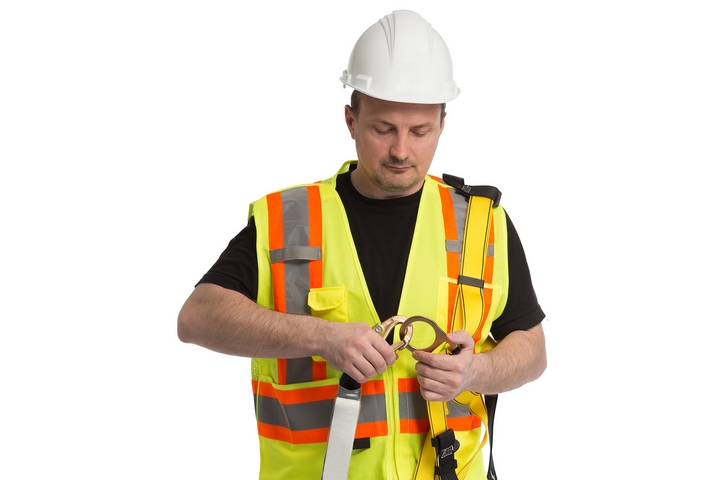
All fall arrest anchors have to pass through strict safety controls before being sold on the market. Even so, it’s important that you read the specifications of each anchor to confirm that it’s suitable for your needs. One particularly critical point to keep in mind is the minimum breakage limit. This refers to the weight beyond which the anchor could break. Most anchors have a minimum breakage limit of 5,000 pounds, although you can also find some with 10,000 pound limits.
You’ll also want to take note of the material used to construct the anchor. If you’re considering installing a permanent anchor, a product made out of stainless steel is likely to be your best choice. That’s because stainless steel is a very durable material that won’t be damaged by exposure to harsh weather conditions.

